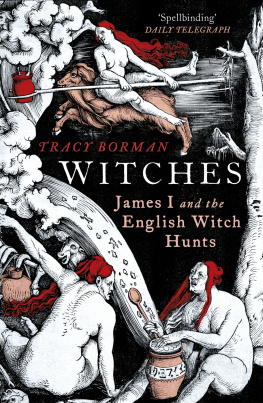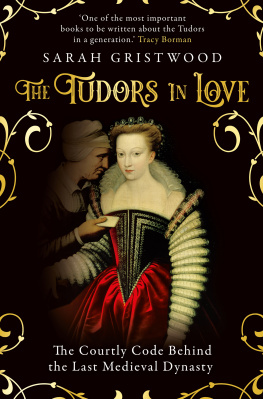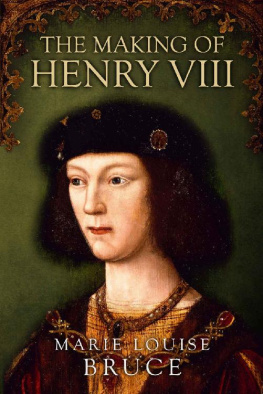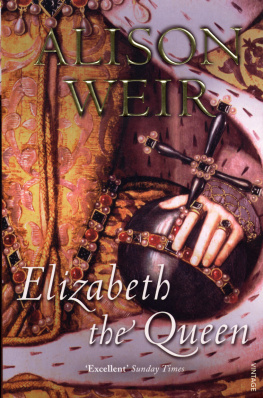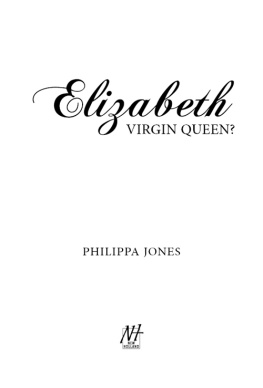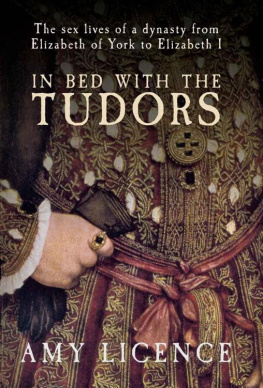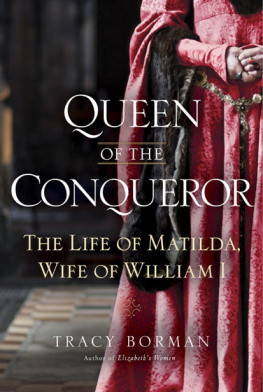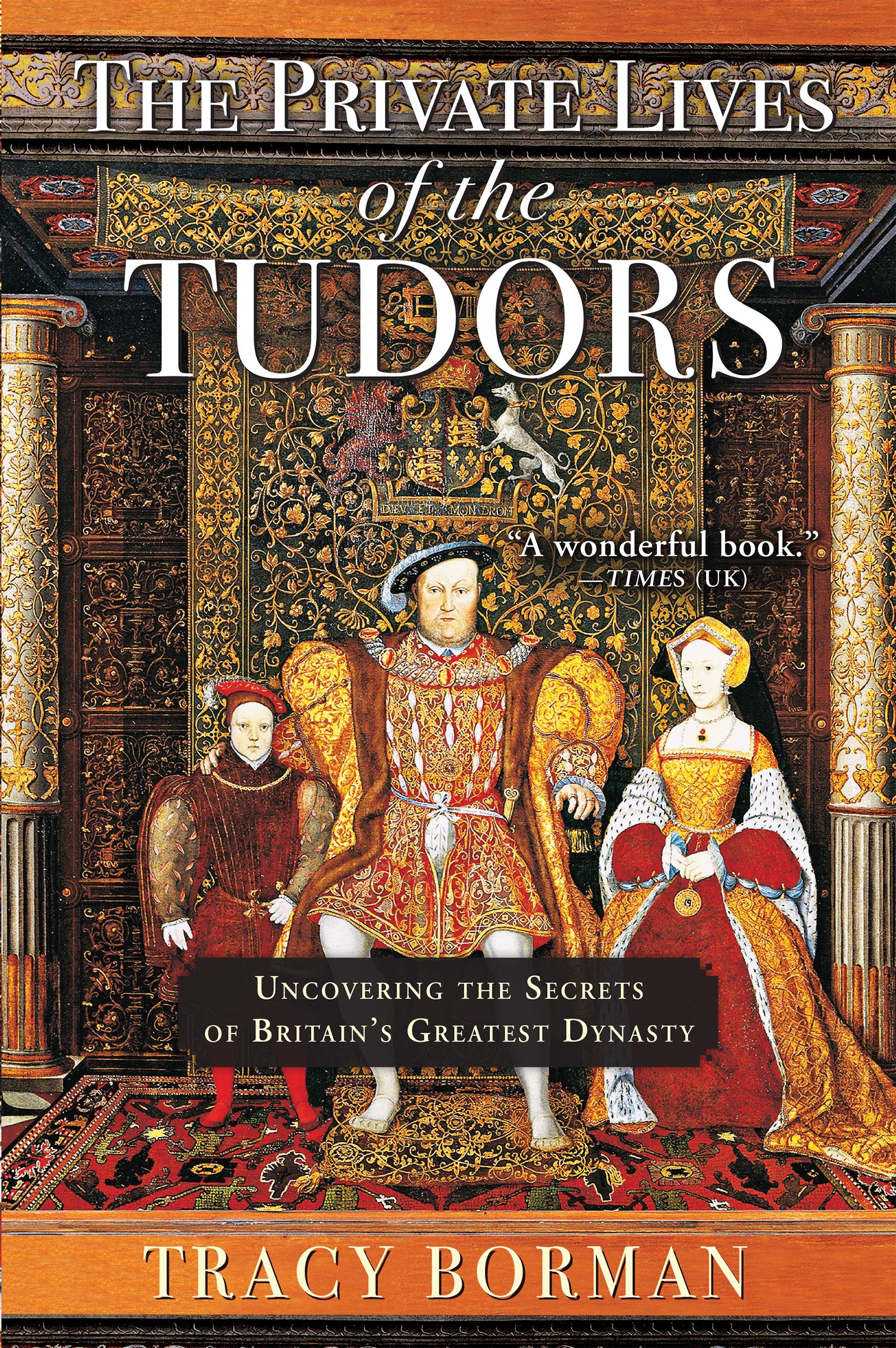PREFACE
Towards the end of Elizabeth Is reign, her face and body ravaged by time, sickness and toxic cosmetics, she was obliged to undergo an increasingly elaborate ritual to preserve the so-called mask of youth. When she emerged, triumphant, in front of the public court, she was Gloriana once more, bedecked in dazzling gowns, bejewelled wigs and thick layers of white make-up, and could just about fool her adoring subjects that she was still the most desirable woman in Europe. A visitor to her court in 1599 was amazed to see the queen, now well into her sixties, looking very youthful still in appearance, seeming no more than twenty years of age.
Only in the privacy of her secret lodgings at court was Elizabeths true self revealed to the handful of trusted ladies who were permitted to attend her. But on one notorious occasion, her privacy was breached by an irreverent young admirer. Robert Devereux, Earl of Essex, was more than thirty years her junior but paid court to the queen like a lover. A natural showman, Essex was handsome, charismatic and extremely self-confident, and treated his royal mistress with such over-familiarity that he was more than once reprimanded for lacking respect. But Elizabeth loved his exuberance and audacity, and she fell so passionately in love with him that she would fly into a jealous rage if any of her ladies so much as cast an admiring look in his direction.
Believing that his hold over the queen was unshakeable, the earls behaviour became increasingly shocking. On one notorious occasion, he flouted the strict rules of access to Elizabeths privy apartments and burst into her bedroom unannounced. He was appalled by the sight of the old woman before him, stripped of her courtly finery, her grey hair and deeply wrinkled face a shocking contrast to the queenly visage that she presented to the world. In great haste, he left his royal mistresss chamber, never to return.
Essex showed little repentance, and secretly mocked his royal mistress as an old woman... no less crooked in mind than in carcass. But Elizabeth never forgot the episode, and it was rumoured to have played as great a part in the earls downfall as his failed rebellion some time later. She had forgiven her favourite many things, but was not prepared to overlook his outrageous intrusion into her private life.
INTRODUCTION:
THE PUBLIC SELF AND THE PRIVATE
I do not live in a corner. A thousand eyes see all I do. This telling lament by Elizabeth I begs the question: did the Tudors have a private life at all? As monarchs, they were constantly surrounded by an army of attendants, courtiers, ministers and place-seekers. Even in their most private moments, they were accompanied by a servant specifically appointed for the task. A groom of the stool would stand patiently by as Henry VIII performed his daily purges, and when Elizabeth I retired for the evening, one of her female servants would sleep at the end of her bed. Little wonder that in protesting her innocence of any sexual misdemeanour, she called as her witness those thousand eyes that watched her constantly.
But if the Tudors were rarely alone, they did lead a very different life behind closed doors to the one that most of their subjects witnessed. In their private apartments at Hampton Court, Whitehall or the myriad other sumptuous palaces where they spent their days, their more human characteristics and habits could find expression. A monarch has at least two selves, the public self and the private, remarked one recent historian. It was vital for a king or queen to show no vulnerability to the outside world: any sign of frailty, illness or even the natural process of ageing had to be disguised by a mask of invincibility. If this mask slipped, then so might their dynasty. But their closest attendants knew the truth. They saw the tears shed by the seemingly implacable Henry VII upon the death of his son Arthur. They knew the real cause of Bloody Marys protracted and, ultimately, fruitless pregnancies. And they saw the crooked carcass beneath Elizabeth Is carefully applied make-up, gowns and accessories.
It is the accounts of these eyewitnesses, as well as a rich array of other contemporary sources correspondence, household accounts, architectural and pictorial evidence, ambassadors reports and the words of the monarchs themselves that have enabled me to explore the private life of the Tudors. In so doing, I have interwoven familiar tales, such as Henry VIIIs turbulent affair with the Great Whore, Anne Boleyn, and the endlessly debated question of their daughter Elizabeth Is virginity, with lesser-known episodes such as Henry VIIs courtship of his own daughter-in-law, and the lingering, excruciating death of his grandson, Edward VI.


